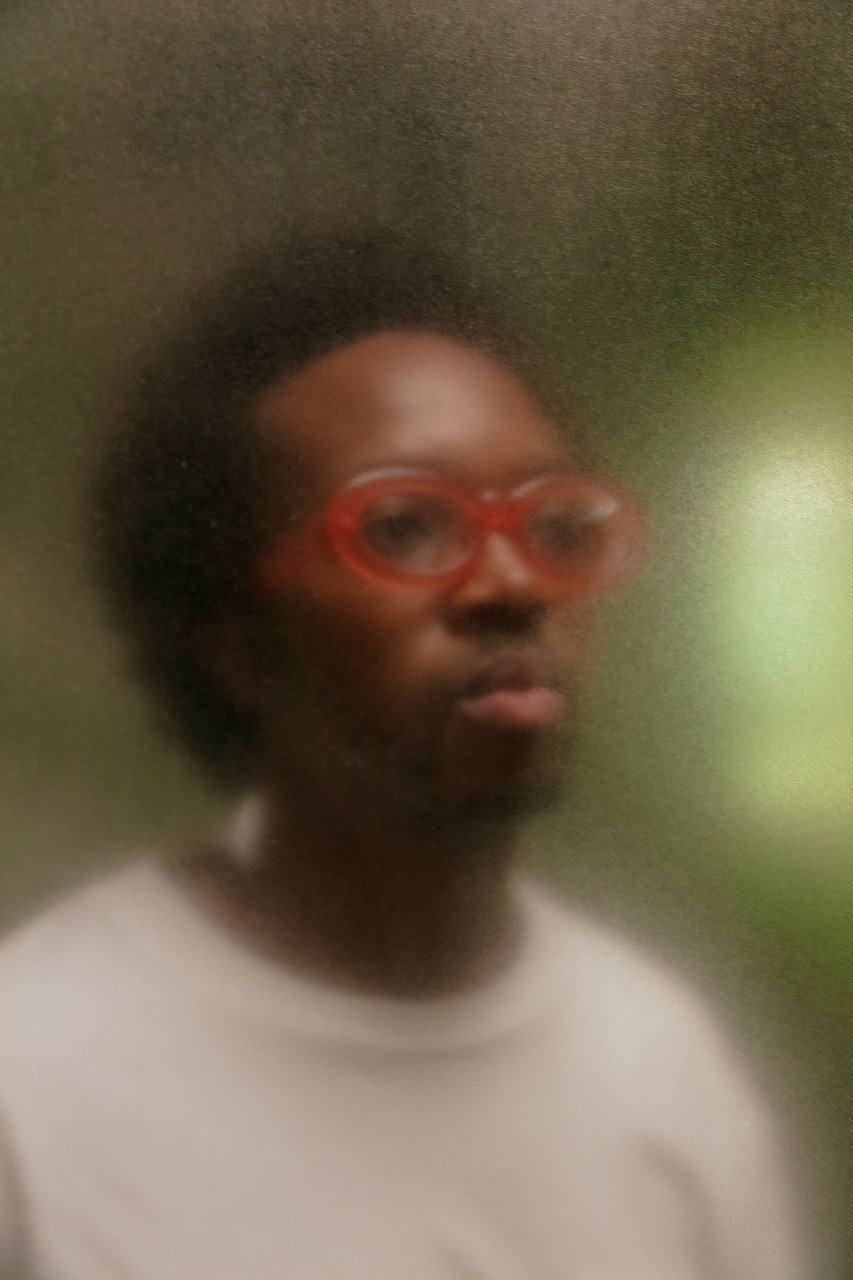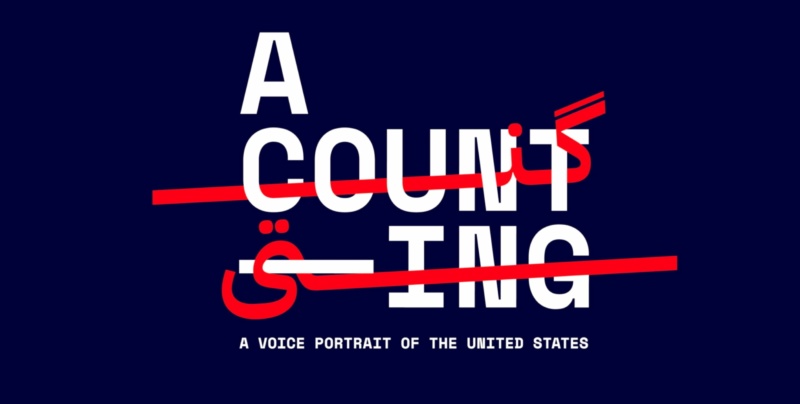
Conceptual artist Ekene Ijeoma works at the intersection of design, architecture and contemporary art using data and technology to create experiential works imbued with a range of social issues. Under Studio Ijeoma, the artist’s visualization of data—or, rather, use of data as an artistic medium—has resulted in thought-provoking and collaborative creations including Pan-African AIDS, 2018 where he worked with an epidemiologist to realize an etched plexiglass sculpture highlighting the contrasting rates of HIV/AIDS infection in Black populations in Africa (where it’s extremely visible) and the United States (African Americans in the United States are disproportionately affected by HIV/AIDS). More recently, for Who We Are: Visualizing NYC by the Number at The Museum of the City of New York, Ijeoma exhibited Wage Islands #2, an interactive installation “submerging a topographic map of NYC underwater to visualize where low-wage workers can afford to rent.” In 2019, Ijeoma founded the Poetic Justice group at MIT Media Lab. The group recently launched its first art project, A Counting, 2020—a sound and text piece highlighting the undercounting of oppressed communities by the United States census. Unfolding as an ongoing series in cities across the US, the generative video work features voices counting to 100 in their indigenous languages.
I caught up with Ijeoma over Google Meet to talk about Diasporic upbringings and intersectional art-sci work that brings together computational data, poetry and social justice to highlight overlooked aspects of society.

Jareh Das: Where did your interest in bringing together computational data and conceptual art begin?
Ekene Ijeoma: Throughout high school, I was an honors arts student. I drew and painted without learning much art history, as my classes were mostly focused on practice, not theory. In college (at the Rochester Institute of Technology) I studied Information Technology and learned to code. Instead of coding “pragmatic” software like everyone else, I was interested in the poetics of software and started to teach myself how to draw with code. However, drawing with random numbers and algorithms started to feel arbitrary and inhuman. Conceptually I became more interested in drawing from life experiences and using socio-political data and statistics.
JD: You founded the Poetic Justice research group last year, as part of MIT Media Lab, with an ethos to reveal the complexities of social issues and build visibility, accountability, and solidarity around them. How did this start and how does the work extend beyond the institution to translate into everyday social change?
EI: Poetic Justice is one of the first artist-led research groups at MIT Media Lab. It expands on the computational design and conceptual art strategies I developed in my studio practice, which, in the last five years, has focused on social issues. Poetic Justice is about code-switching content, form, context and function to create art with social rhythm and cultural harmony that extends our collective perceptions and exposes the social-political systems affecting us as individuals.
JD: How does this translate from lab to real life?
EI: A Counting, 2020—a sound and text artwork highlighting the undercounting of oppressed people by the United States census. Unfolding as an ongoing series in cities across the US, the generative video work features voices counting to 100 in languages they speak. We’re hoping that creating art from crowdsourced data will help people connect their individual perspectives to our collective consciousness, and feel validation in their experiences. The more people are connected to shared experiences, the more they’ll hopefully have empathy. The NYC edition is accessible by visiting www.a-counting.us or dialing +1 917-905-6647.
JD: The Green Book Project reimagines The Negro Motorist Green Book (1936) by Victor Hugo Green for “traveling while Black” in today’s “New Jim Crow.” How has this project unfolded so far?
EI:The Green Book Project started from me thinking about what The Negro Motorist Green Book would need to be to not just include driving while Black but doing everything while Black—not just individual places but structural systems, not just physical mobility but mental, social and political mobility and safety. As part of this project, I created a two-semester course called “Black Mobility and Safety in the US I and II.” It’s organized into two-week topics around disparities in living while Black from birth to death, except that we end with love, which puts forth possibilities for rebirth. The first semester will include: birthing, breathing, sleeping, eating and walking; the second: learning, voting, driving, working and loving. Every week I invite guest lecturers to share their research in each activity. This is the second year I’m teaching it and for this fall semester I’ve invited Hank Willis Thomas, Arline Geronimus, Cooper Owens, Marcus Franklin, Linda Villarosa, Tricia Hersey, Ashanté M. Reese, Elijah Anderson and Topher Sanders. All lectures will be open to the public!
JD: Is The Negro Motorist Green Book widely read as part of American history at school?
EI: A lot more people have heard of it because of the 2018 film of the same name, but the book itself is still less known. I came across it about five years ago when it was referenced in a podcast I listen to. The book listed safe places for Black people. The Green Book Project questions what a book like that would mean today, as racial violence can happen anywhere at any time. It’s never been just about driving while Black, it’s doing everything while Black. What does mobility actually mean at a time when racism is more hidden than in the past. I’ve looked towards social science and data studies to better understand what this could mean nationwide.
JD: A Counting is both a visual and voice portrait representing the pluralities of the different communities that make up the US. What interests you about using the voice as a representational tool?
EI: I’ve always been slightly more interested in how people say things than what they say. There can be a lot of meaning in the tone and texture. I’ve also always been generally interested in sound as both medium and language. Over ten years ago, when I was calling myself a designer, I created a series of voice- and phone-based artworks called “Audio Visual Language Studies” (AVLS), which explored using code to modulate typography, using voice samples and synthesized audio.
JD: The 600 languages spoken in NYC alone is staggering, and a fact that is not widely known. I’m curious to imagine how this project will evolve as it travels to other cities. Is your goal to map this across every major city, though even non-major cities would present interesting and surprising results as well?
EI: New York City is one of the most diverse cities in the world, but it’s also one of the most segregated, so you’ll find that these languages are spoken in specific neighborhoods and blocks, but not throughout the entire city. The project reflects the fact that the US has been divided for a while, and is both a meditation and a speculation on what a unified country, and NYC, would sound like.










 in your life?
in your life?

